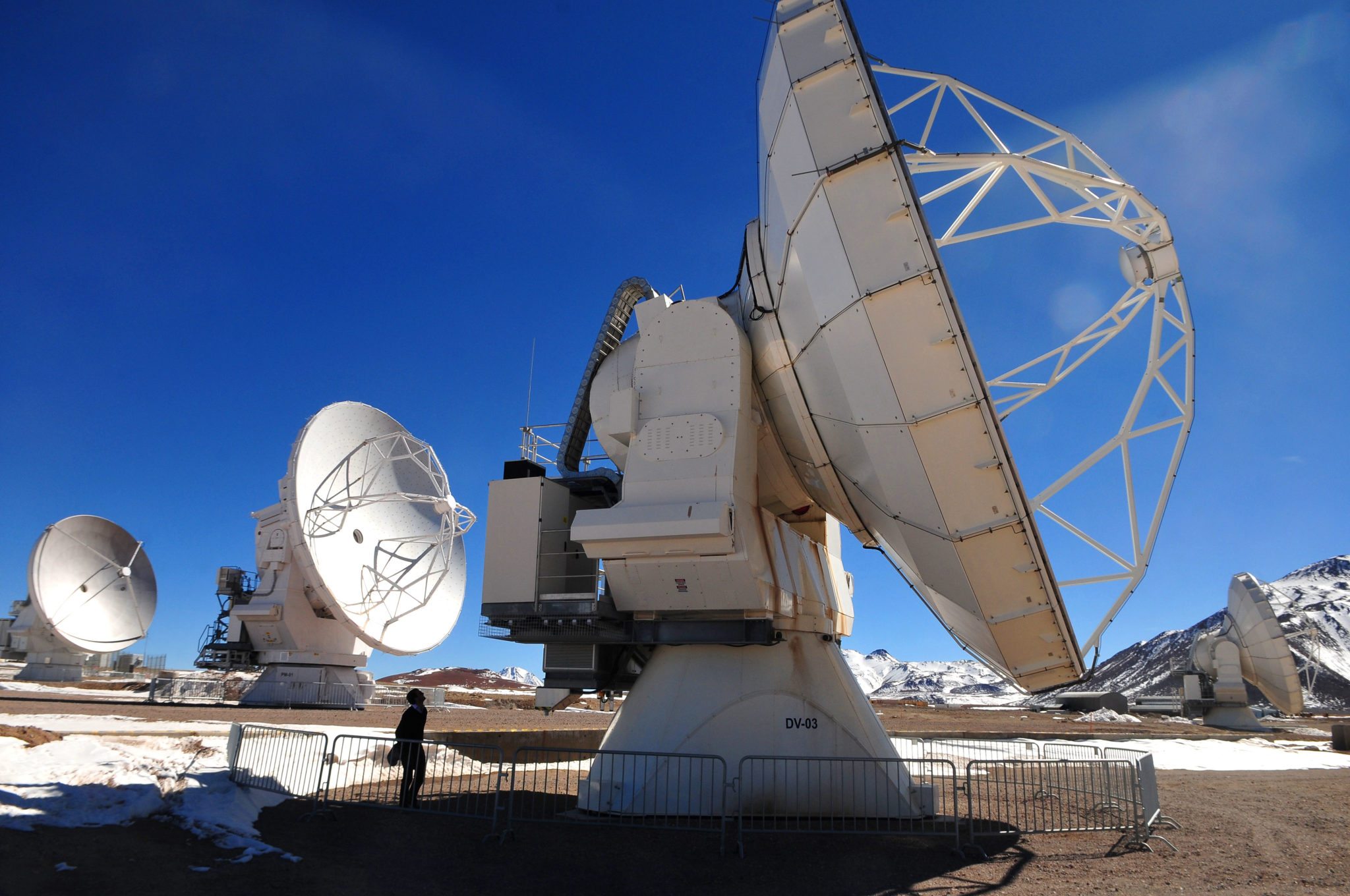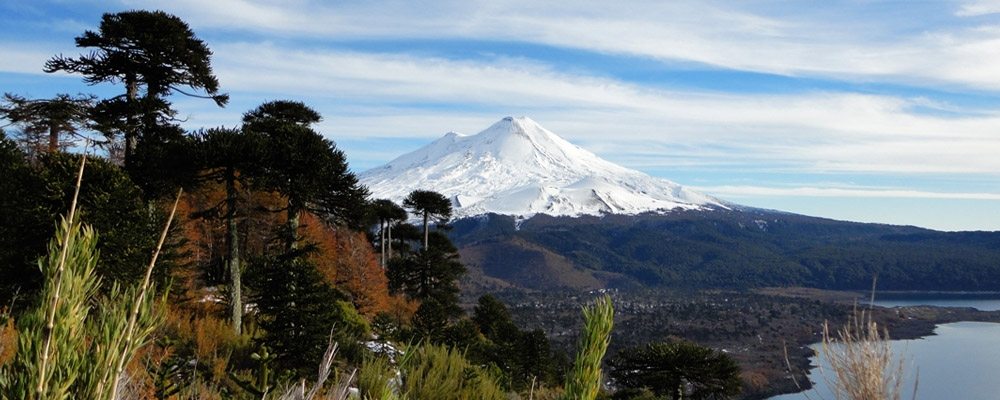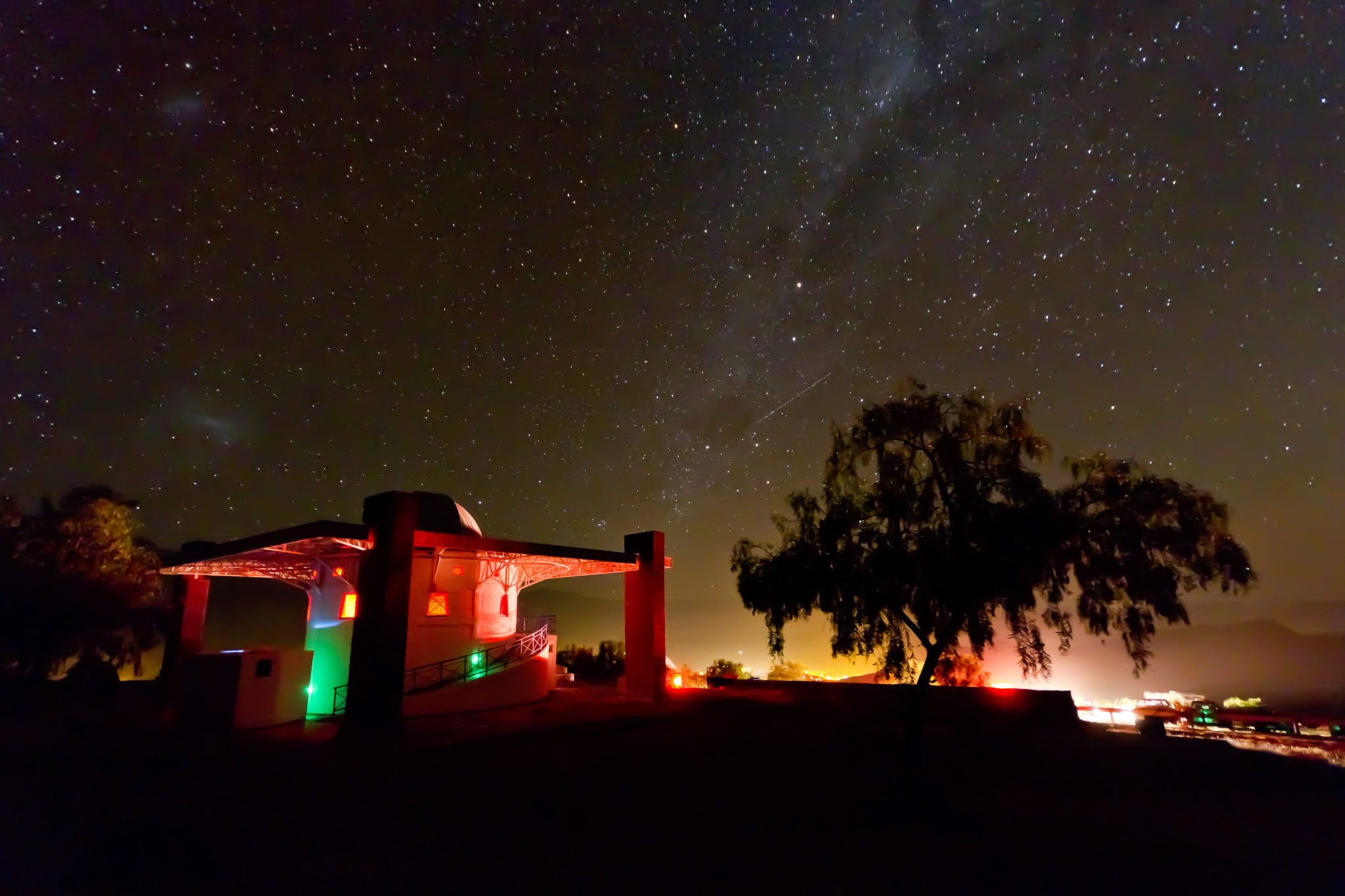Today’s dynamic result of the interaction of the geographical elements that have made up the Chilean territory throughout history is a highly rich patrimony. It has a variety of ecosystems, microclimates and diverse scenery – some of it unique worldwide.
These characteristics of Chile are not news to the global scientific community, which has shown interested in them for decades through the development of important scientific and technological projects. This has enabled us to keep expanding our ability to perceive and interpret Chile as a true natural laboratory.

To astronomers, the skies over the Atacama Desert are unrivalled. International institutions have funded various astronomical installations and by 2018, 68% of the world’s capacity for observing the universe will be found here. Observatories you can visit in the Atacama Desert include Paranal and Alma.
What is more, volcanic eruptions and earthquakes are frequent events in Chile. In fact, more than 40% of all the planet’s registered seismic energy has been released in Chile, with these phenomena constantly present. This presents a perpetual opportunity for scientific tourism and research. Additionally, we are located on the Pacific Ring of Fire, meaning that this is one of the most volcanically active countries on Earth.

In this respect, one of the most interesting areas to visit is Kutralcura Geopark, situated in the Araucanía region in the south of Chile. Here, you can explore the volcanoes of Chile via its 15 georoutes.
These examples are but a small sample of local projects and places with unique features of Chile related to their intrinsic scientific value. If you are interested in learning more about these types of initiatives, I recommend consulting the book “Tecnociencia” by Andrea Obaid, editorial compass Chile, where 30 routes for scientific tourism in Chile are detailed in Spanish and English.

The legacy felt over the 4,270 kilometres taken up by Chile comprises the expressions of the country’s nature and culture, demonstrating the evidence of its land’s evolution and that of its inhabitants. It is like traveling in time; being able to discover, understand and value that which often seems so little and insignificant.
We should take advantage of the opportunities these places offer us, so we can relate to our heritage in a more profound way, broadening and complementing our knowledge.

